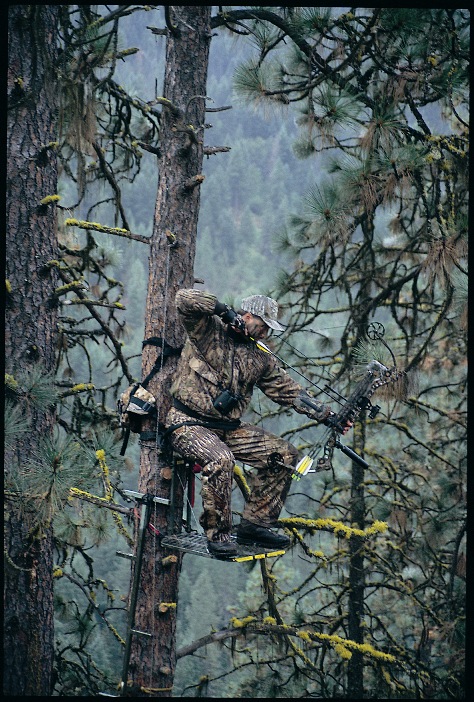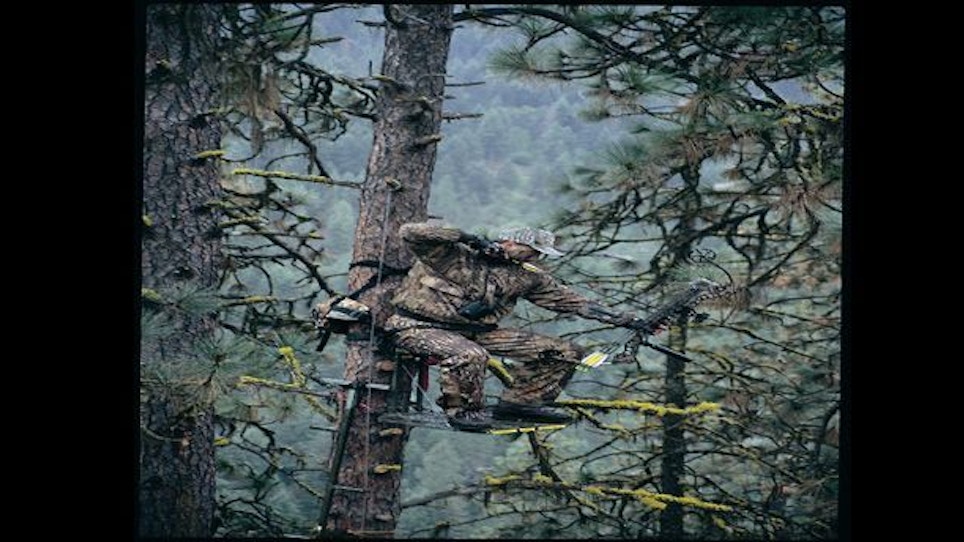 That the state regularly produces some darn good-tasting potatoes was one of the few facts I’d known about Idaho before taking a long-awaited combo hunt there. So it should go without saying that I learned much on my elk-and-whitetail adventure, including a few particularly noteworthy bowhunting caveats: If your goal is combo success, come prepared with the right gear and attitude, and plan on exercising your capacity for perseverance. Adding just one prime game animal to the meat pole is seldom easy, almost never when attempting a trophy big-game deuce.
That the state regularly produces some darn good-tasting potatoes was one of the few facts I’d known about Idaho before taking a long-awaited combo hunt there. So it should go without saying that I learned much on my elk-and-whitetail adventure, including a few particularly noteworthy bowhunting caveats: If your goal is combo success, come prepared with the right gear and attitude, and plan on exercising your capacity for perseverance. Adding just one prime game animal to the meat pole is seldom easy, almost never when attempting a trophy big-game deuce.
With time limited and aforementioned first-hand knowledge of the state lacking, my first obstacle came in locating a reputable outfitter as committed to my goal as I was. Tim Craig of Boulder Creek Outfitters in Peck, Idaho, has guided the likes of Realtree’s Bill Jordan and “Buckmaster” Jackie Bushman, while offering an affordable mixed-bag opportunity. The operation proved a wise choice; I learned much, including that the hunting techniques for my desired trophies are as varied as the animals themselves.
Trophy Whitetails
The famous Peck ranch is ideally suited for producing Pope &Young-class bucks. With 24 years in business, outstanding accommodations, and 12 to 15 seasoned guides on staff, Boulder Creek’s impressive success rate is not surprising. The lush, varied terrain that included draws filled with fruit trees and lofty pines offered perfect stand sites to ambush bucks en route to the open alfalfa fields nearby.
My hunt took place in early September, when bucks are most predictable. It didn’t hurt that the guides had spent months patterning daily movements.
A typical day’s hunt began a half-hour before daybreak. The goal was to put in a good four hours on stand before climbing down for a quick lunch break, then resume the vigil for a big ridge-running whitetail.
As I learned on the third day, patience is not only a virtue, it’s a necessity.
After sitting quietly for two and a half hours and feeling somewhat cramped, I thought I would attempt to silently adjust my position. Without warning, I caught a glimpse of a 130-class buck bounding off. The deer had somehow snuck to within 25 yards. He stopped abruptly at what I thought to be 40 yards; I quickly settled my pin in and released, only to watch my arrow soar a few inches over his back, sending the buck on an all-out dash to the alfalfa fields. I’m certain he took pride in scattering the 40-plus deer I’d previously let pass beneath me.
Although a majority of my bowhunting has been from elevated stands, I had grossly miscalculated the severe Idaho terrain. I had climbed 20 feet into my treestand, which clung to the edge of a steep ravine—the backside of the stand dropped to 40 feet. If a hunt of this type is your goal, make your practice sessions count with plenty of steep angles, and don’t forget a laser rangefinder to mark distances out from your stand.
How good was the hunting? Over the course of the four-day whitetail hunt, an informal poll of the seven hunters in camp revealed an amazing 73 bucks, with an astounding 80 percent (that’s almost 60 of them) in the 130- to 170-inch range. In addition, we collectively spotted two bull elk, one lynx, a black bear, and literally hundreds of turkey, quail, and pheasants.
Next: Bruiser Bulls






